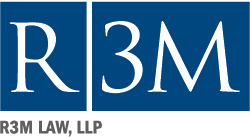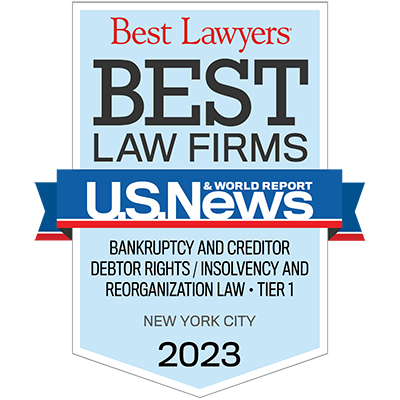Businesses that struggle during tough economic times may need to go through a Chapter 11 bankruptcy. This form of bankruptcy is designed to help reorganize the business with the intention that it will come out of bankruptcy with the ability to operate again as a fully functioning business.
Businesses that are considering this process or that are finishing the reorganization plan are wise to take steps to help better ensure success when emerging from bankruptcy. For some, this includes the use of fresh start reporting.
Tip #1: Understand the basics of fresh start reporting
It is important to first have a basic understanding of what fresh start reporting is. The American Bankruptcy Institute defines fresh start reporting as:
[T]he term applied to the rules that allow companies to present their assets, liabilities and equity as a “new entity” on the day the company emerges from chapter 11 bankruptcy protection.
In order for a business to emerge with a fresh start after bankruptcy, two criteria must be met. These factors are:
- Assets. The value of the assets of the emerging business must be less than the post-petition liabilities.
- Voting shares. Also, holders of the existing voting shares must receive less than 50 percent of voting shares of the emerging business.
Once the business meets these criteria, the following tips can help to better ensure a more successful transition.
Tip #2: Get an accurate reorganization value
The reorganization value should be based on the estimated fair value. A recent piece in Accounting Today noted that this value should essentially be the equivalent of what a buyer would pay for the business.
Tip #3: Include the right things in your fair value estimation
This value estimation includes both tangible and intangible assets. Examples of tangible assets include real property like the building, office furniture and equipment used by the business. Intangible assets include trademarks and customer relationships.




